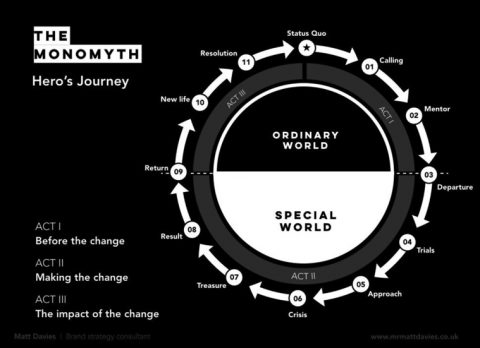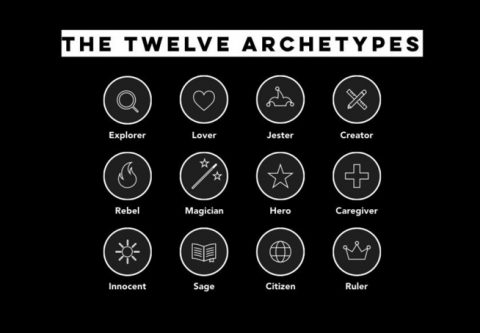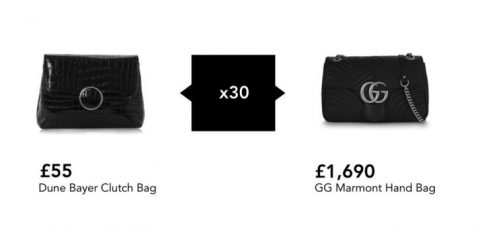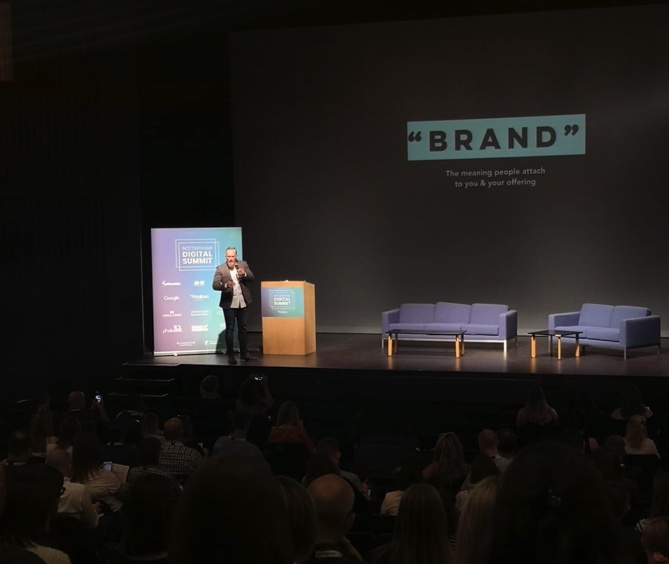The third talk of the day at the Nottingham Digital Summit comes from Matt Davies, who comes to the stage to discuss how Archetypal branding should be at the heart of every brand.
What is a brand?
To begin, Matt discusses that a “brand” is the meaning people attach to yourself and your offering. This may seem daunting, as our brand is something created by others and is not entirely down to ourselves. At the same time, “branding” is the management of meaning. We can control our own branding to have a degree of control over what meaning people attach to ourselves and our organisations. In this sense, Matt empathises that a brand is at the core of any person or organisation. It encompasses the way we dress, how we behave and speak, our overarching culture, the products or services we provide and encompasses our customer experience and marketing communications. Therefore, the importance of managing our brand cannot be stressed more. The audience receives all of this information about our brand and uses it to create meaning.
Matt highlights that the most successful way of creating meaning is through creating stories. It could be said that stories help us make sense of the world we live in. While growing up, most of the stuff we learned was through stories, be that religious stories, fables, history stories or novels. The world we live in exists through stories. Therefore, in order to help customers understand our organisations’ meaning, we need to find a way of creating stories, and Matt has outlined 3 key strategies being outlined to do so. These are as follows:
- Know your customer’s story
- Know your archetypal character
- Live your story
Know your customer’s story
Very often when dealing with customer experience, we focus heavily on the engagement of the customer once they have started contact with us. However, in order to truly understand how to tailor our customer experiences, we need to zoom out and consider our audience’s story. We need to consider what their beliefs and culture are to create meaning which will aid us in providing a better overall customer experience.
We all have our own story in our minds as we grow up regarding who we are and what we represent. Usually, if the things we do and the things that happen to us in our lives align with our own story then we are generally happy with ourselves. However, when things go wrong and events do not fit in with what we consider to be our story, then we must look elsewhere and talk with the people around us and alternative situations to try and get back on board with our story.

The hero begins in their ordinary world, then something happens, but they aren’t good enough, then they receive a mentor, then they eventually go through the trials and tribulations before reaching the treasure and success.
Know your archetypal character
With it now being clear that understanding the customer’s story is vital to effectively tailoring customer experience, Matt moves on to the second of his 3 key strategies; knowing your own archetypal character. In other words, we now know that the customer is the hero in the stories, so who are we?
In order to understand this, Matt calls from the work of psychologist Carl Jung. Jung identified that there were patterns of what people were saying to him in his psychological studies, and they aligned with a number of heroes and characters in stories throughout history. This was identified by Jung as a consistent, obvious pattern and was identified to be the collective unconscious. As opposed to the conscious and unconscious aspects of the human brain which are individually unique to each of us. The collective unconscious is common among all humans and connects all of us together. It is within this area that archetypal characters exist.
The importance of using archetypes can be highlighted by using real-life business situations as an example. Matt asks the audience in the room how many designers present have ever faced a situation where the client they have designed for have repeatedly been dissatisfied with the finished product, and asked how many clients in the room have been dissatisfied with the work designers have produced for them, highlighting a
Furthermore, he highlights how archetypes are important as they help us to manage meaning by telling better stories. Gaps exist between different sectors, e.g designers and clients disagreeing and not coming to conclusions
There are 12 types of archetypes outlined during the speech to bridge the gap between different sectors. These are as follows:
- Caregiver – There to help people give care to others
- Citizen– Help people feel like its okay to be you (IKEA – every day is normal_
- Creator – In the workshop busily creating something (LEGO)
- Explorer – Finding independence and new experiences ( North Face)
- Hero – Helps people become courageous, do things they wouldn’t normally do (Nike)
- Innocent – Give us faith again and helps us have hope (Innocent smoothies
- Jester – entertainment, want to help [people have a good time (Johnny Depp)
- Lover – Sharing relationships, sharing experiences
- Magician – Help People transform, change (Tabasco)
- Rebel – help you change things, face the norm (BrewDog)
- Sage – Gatekeepers of knowledge and wisdom that we couldn’t get elsewhere (The Economist)
- Ruler – All about control, steering everybody away from chaos, they help us have safety and stability (Rolex).

You cannot be many archetypes to different audiences, you’ve got to own an archetype so everything can run through that one lens. *refer to the brand to head image. Every aspect of a business returns to your archetype.
Gucci makes all the difference with a 30x higher price due to the meaning and narrative attached to Gucci. Customers are willing to go that extra mile because they identify with the meaning of Gucci. In this way, what we want IS meaning.

Live your meaning
The third and final key strategy archetypal brand thinking Matt discusses is to live your meaning. Doing this allows a marketer to tailor their products and services to the correct audience, correctly align their marketing activity and allow for better HR and employee engagement.
The brand is at the heart of everything, and Matt leaves us with one message:
Manage your meaning! Through every part of our business, make the customer the hero of our story.
